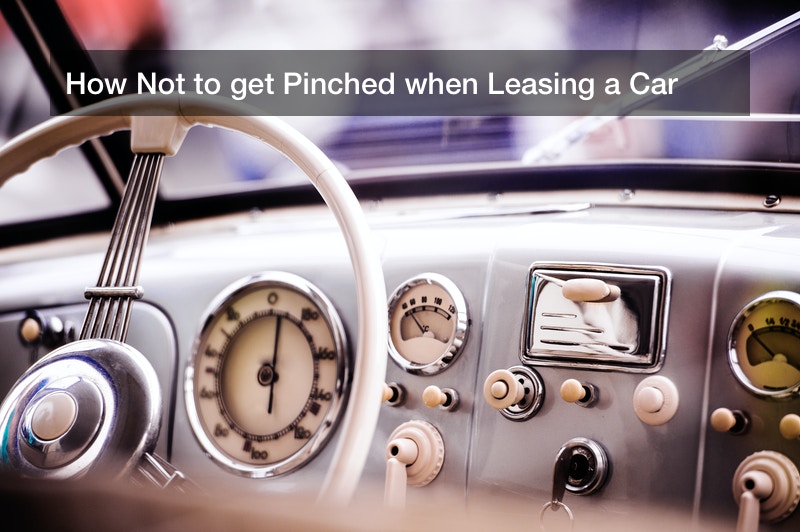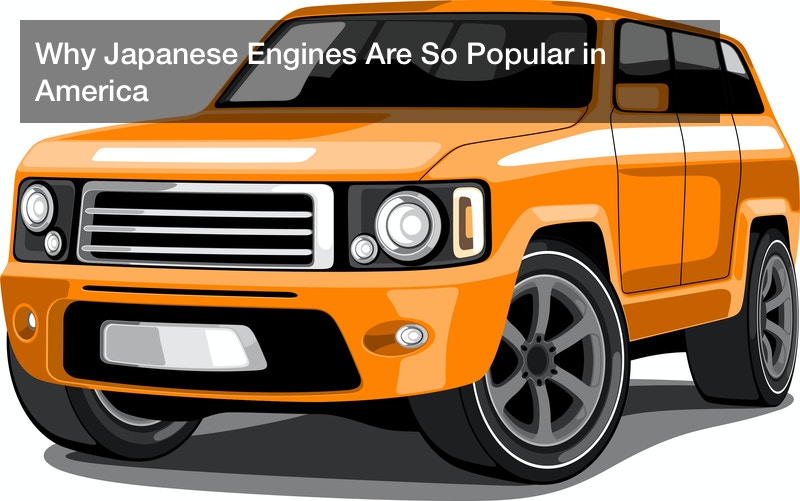
Many drivers assume that all brake pads and brake rotors are the same. The average driver couldn’t tell slotted brake rotors from all the other types out there. The truth is that from slotted brake rotors to car brake parts built from ceramic, the type of brake you use should change depending on your driving style, where you do most of your driving, and a number of other important factors. Whether you’re a gearhead or a complete layman when it comes to cars and their parts, here’s a short guide to the different brake parts available to you.
Different Auto Brake Parts and What They’re Used For
- Semi-Metallic Brake Pads
- High Performance Ceramic Pads
- Asbestos-Free Organic Pads
Semi-metallic brake pads are doubtlessly the most commonly used brakes out there. Frequently paired with slotted brake rotors, semi-metallic brakes are extremely popular because they work well whether they’re hot or cold, and they’re relatively affordable when compared against other options. The downside to semi-metallic brakes is that they lack the responsiveness of higher end options, and they also tend to be harder on the rotors.
As HowStuffWorks details, ceramic brake pads have become one of the hottest choices out there for the driver who likes his or her car to handle like a dream. Ceramic pads offer superior performance over other versions. They also tend to break down a lot slower than asbestos or semi-metallic options. Like all brake options, ceramic brakes aren’t without their cons. Ceramic brakes can be many times more expensive than their semi-metallic counterparts, and when they get wet, it’s almost like you don’t have any brakes.
Asbestos-free organic brake pads are one of the most exciting new brake technologies to come out of the space age. Typically made of a blend of Kevlar, glass, rubber, and other organic materials, as CarsDirect reports, these brake pads are nice and quiet when depressed, and because they are made of softer materials, they don’t wear down brake rotors like ceramic and semi-metallic versions do.
The softness of the material also makes them prone to early wear and tear, however; if you choose this type of brake pad for your vehicle, be prepared for the continual costs for replacement. It won’t be a constant cost, but when compared to how often you need to change other types of brakes, it can sure seem that way.
What are your preferences when it comes to auto brake parts? Share your thoughts with other car enthusiasts in the comments section below.

